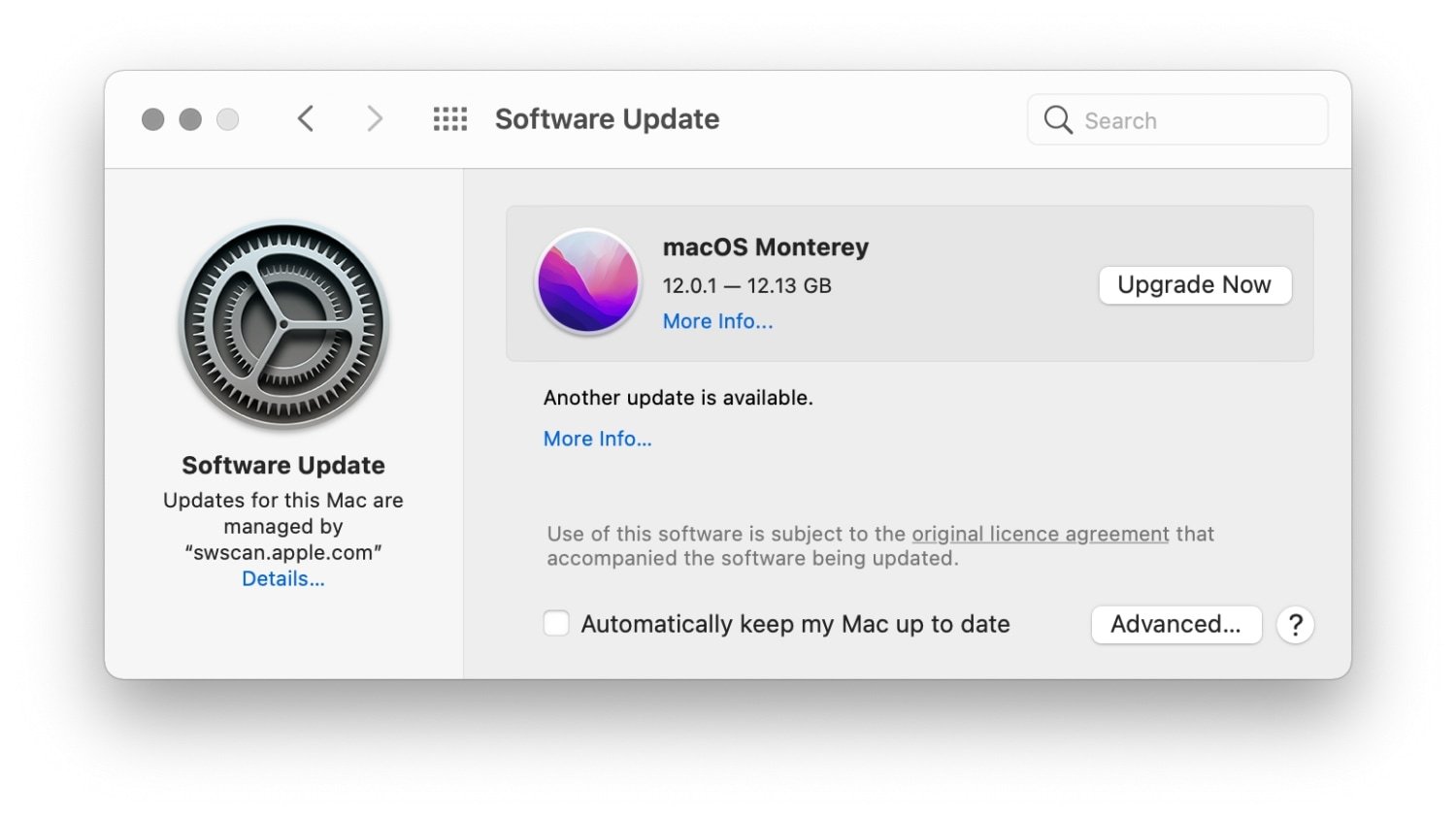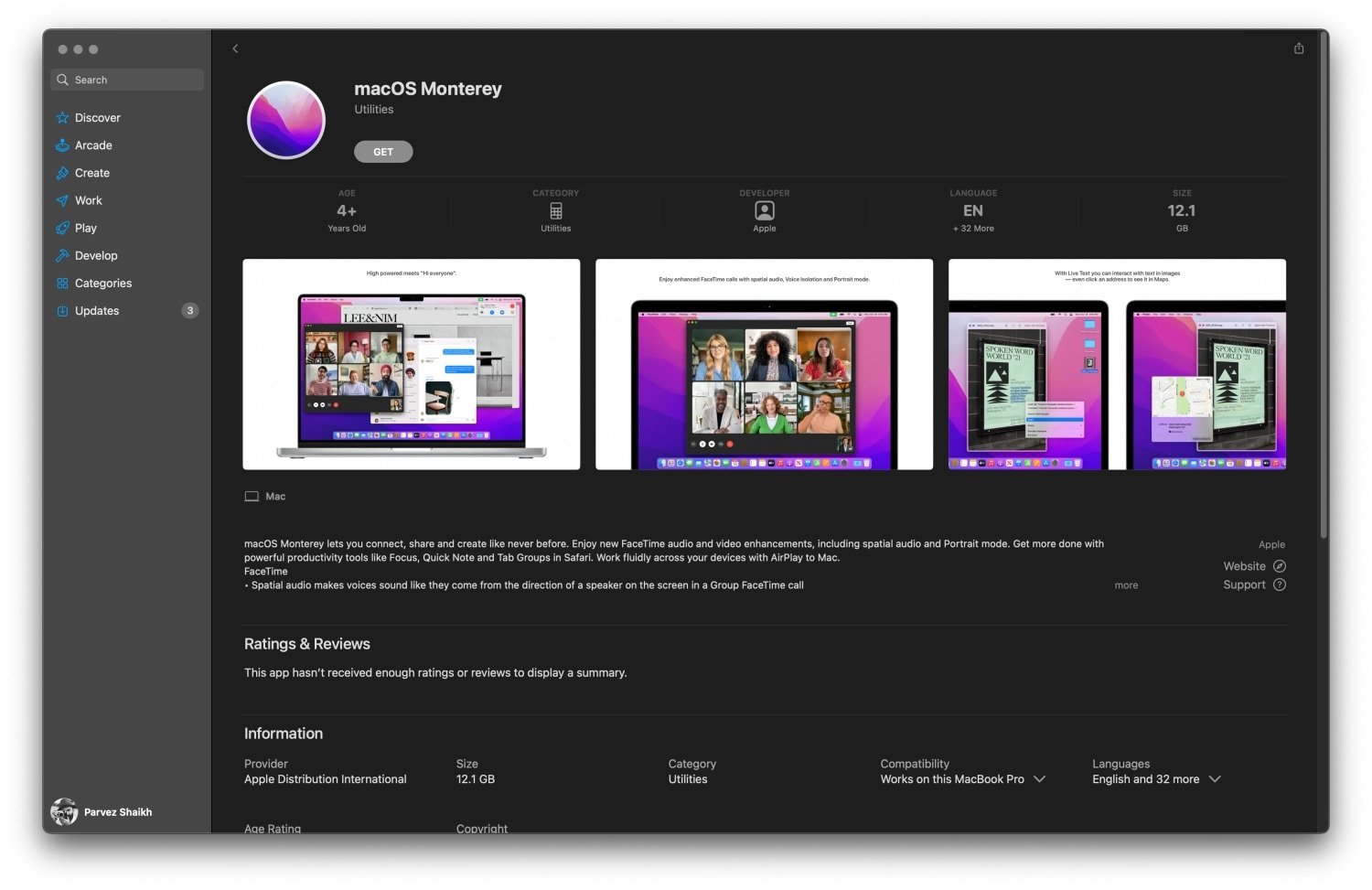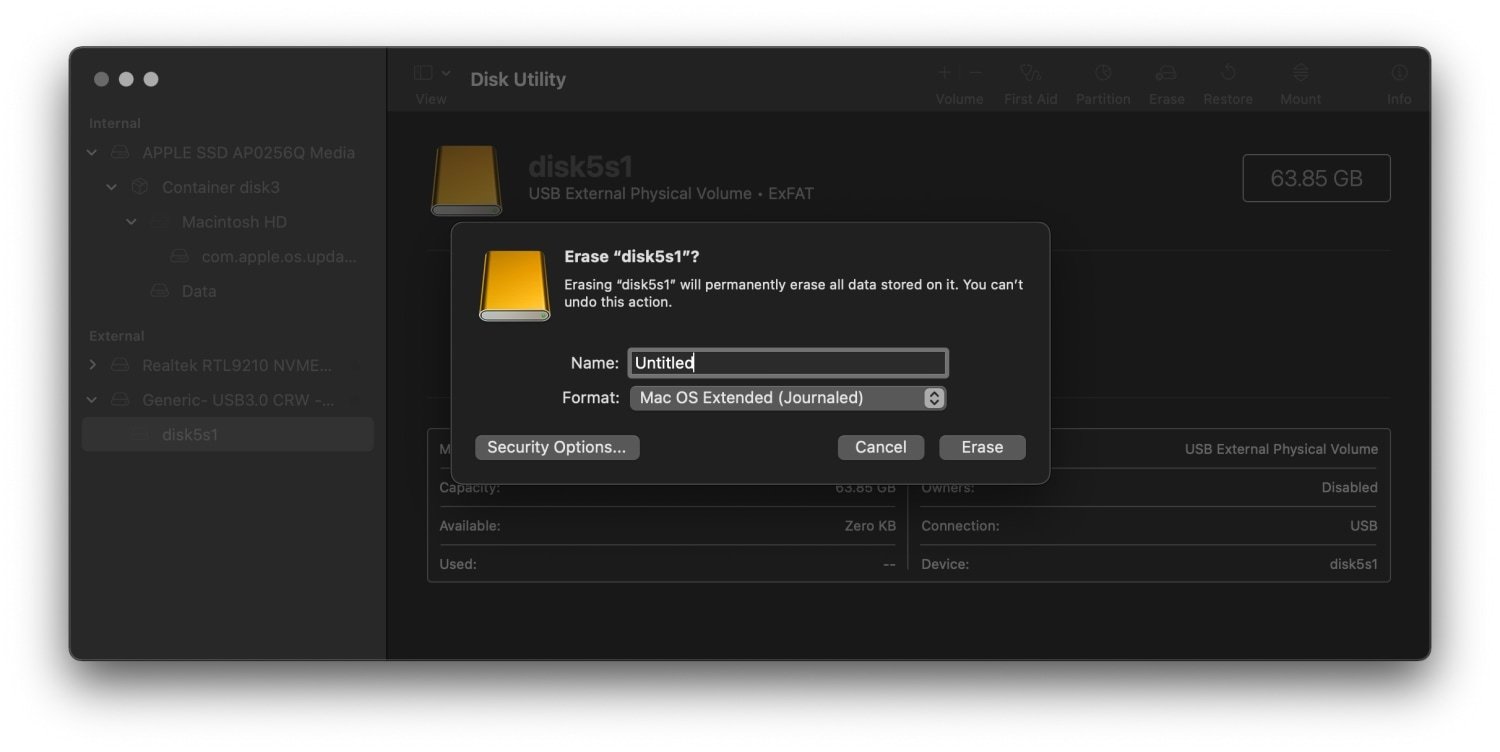macOS Monterey, the latest version for Apple’s desktop and laptop operating system is out now. The update can be installed from Settings > Software Update as usual. But if you are planning on updating multiple Macs and/or wish to wipe off your Mac and perform a fresh macOS installation, having a bootable installer will save you plenty of time and efforts.
The latest macOS, version 12.0.1, is around 12GB so downloading it multiple times for each of your Mac can be a long process. It’s also not so reliable, as I had to download the update three times before I could finally begin the installation. By making a bootable macOS Monterey installer on an SD card or pen drive, you can use the same installer on multiple computers. It also acts as a recovery disk for your Mac, in case you need it in future.
For me, major macOS update released usually once a year brings an opportunity to wipe-off my Mac and do a fresh installation. This practice, or should I rather say tradition, has been in place since the first MacBook Air I bought.
Your reasons may wary, but in this quick tutorial, I will share how to make a bootable installer for macOS Monterey. Remember to back up your data before you begin. Keep your Mac plugged-in during the process.
Step 1: Downloading macOS Monterey
Go to Settings > Software Updates and let your Mac show you the latest update. Click Upgrade now and the download should begin.

If you don’t see Monterey update in Software Update, follow this link and choose to open it in the App Store. This will open the App Store on your Mac, showing you macOS Monterey update like you will see any regular app in the App Store. Click Get to begin download.

Once the download is finished, the macOS installer will be placed under Applications and it will run automatically. Close the update window by pressing Command + Q.
Step 2: Preparing the Storage Media
Now it’s time to prepare your SD card, pen drive/thumb drive/flash drive. Make sure you don’t have any important data on the storage media as you will be erasing it. Choose a medium with at least 16GB space. I am using a 64GB SanDisk SD card on my M1 MacBook Pro, connected using a HyperDrive USB-C hub.
Open Disk Utility.
Select the storage medium you just connected from the left pane and click Erase. Select Mac OS Extended (Journaled) from Format dropdown. Leave the name as Untitled or type in Monterey or any other name you like. Keep it simple because you will use this name in the next step.

Click Erase and wait until the media is erased.
Step 3: Making the Bootable Installer
Now open Terminal and type the following command. Make sure you don’t leave any spaces. Replace Untitled with whatever name you chose in Step 2. Note that there are two dashes before volume.
sudo /Applications/Install\ macOS\ Monterey.app/Contents/Resources/createinstallmedia --volume /Volumes/Untitled
Press return.
Enter your password, type Y and press return again. The process takes roughly 20 minutes. After it’s finished, you will notice that the name of your USB stick/SD card has been changed to Install macOS Monterey.

That’s all. You now have a bootable macOS Monterey installer which can be used to upgrade one or more compatible Macs.
To upgrade to macOS Monterey using this bootable media on a Mac with Apple silicon, shut down your Mac. Once it’s completely shut down, press and hold the power button. Your Mac should start and you should see ‘Continue holding for startup options.’ Release the power button once you see ‘Loading startup options.’
On an Intel Mac, press and hold Command + R while it’s booting up.
You should see three options – the disk containing your current macOS installation, your bootable media named Install macOS Monterey, and Options. Choose Install macOS Monterey and continue. Follow the on-screen process. Your Mac may restart a few times during the installation.
Support Me: If this article/tutorial helped you today, please consider supporting me and help me run frunction.com
